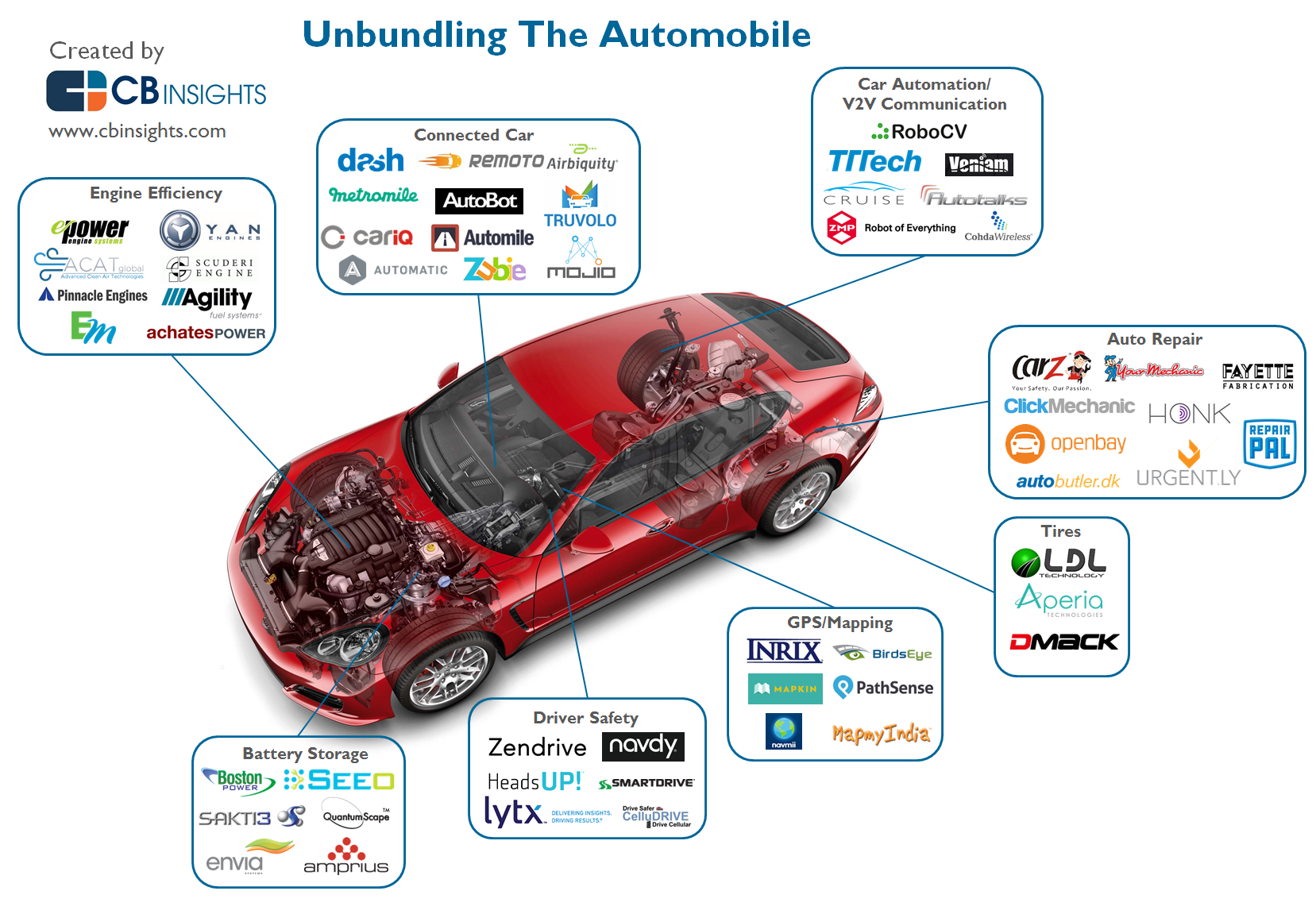Recognizing Your Car'S Warning Lights: What Do They Actually Mean?
Recognizing Your Car'S Warning Lights: What Do They Actually Mean?
Blog Article
Short Article Writer-Cheng Boyer
When you lag the wheel, those beautiful caution lights on your dashboard can be a bit puzzling. Do https://www.texasattorneygeneral.gov/consumer-protection/automotive-scams understand what they're trying to inform you concerning your auto's wellness? Comprehending toyota mechanic near me of these lights is essential for your safety and security and the long life of your car. So, the next time one of those lights turns up, wouldn't you wish to analyze its message properly and take the required steps to address it?
Common Caution Lighting and Interpretations
Identify common caution lights in your auto and recognize their definitions to ensure risk-free driving.
One of the most common caution lights consist of the check engine light, which signals concerns with the engine or discharges system. If this light begins, it's critical to have your car examined immediately.
The oil pressure alerting light shows reduced oil stress, calling for immediate focus to stop engine damages.
A flashing battery light may suggest a malfunctioning billing system, potentially leaving you stranded if not addressed.
The tire stress tracking system (TPMS) light signals you to reduced tire pressure, impacting automobile stability and fuel efficiency. Ignoring this might result in dangerous driving conditions.
The abdominal light suggests a problem with the anti-lock braking system, compromising your capacity to stop promptly in emergencies.
Last but not least, the coolant temperature cautioning light warns of engine overheating, which can lead to serious damage if not resolved swiftly.
Comprehending these common warning lights will certainly aid you resolve issues quickly and preserve safe driving conditions.
Value of Prompt Focus
Understanding the typical caution lights in your vehicle is just the first step; the value of promptly attending to these warnings can't be emphasized sufficient to guarantee your security when traveling.
When a warning light brightens on your control panel, it's your car's method of connecting a possible concern that requires attention. Ignoring these warnings can lead to more serious problems in the future, endangering your security and possibly costing you extra in repairs.
Prompt interest to warning lights can prevent malfunctions and crashes. For example, a blinking check engine light might suggest a misfire that, if left ignored, could cause damage to the catalytic converter. Resolving this promptly can conserve you from a pricey repair work.
Similarly, a brake system cautioning light might signify reduced brake fluid or used brake pads, essential elements for your safety and security when driving.
Do It Yourself Troubleshooting Tips
If you notice a warning light on your dashboard, there are a few do it yourself troubleshooting pointers you can attempt before looking for professional assistance.
The first step is to consult your vehicle's handbook to comprehend what the specific warning light suggests. Occasionally the problem can be as basic as a loosened gas cap setting off the check engine light. Tightening up the gas cap may settle the trouble.
An additional usual issue is a low battery, which can trigger different advising lights. Examining cheapest brake repair for rust and ensuring they're safe could deal with the trouble.
If a caution light continues, you can try resetting it by detaching the cars and truck's battery for a couple of mins and then reconnecting it. In addition, checking your automobile's fluid degrees, such as oil, coolant, and brake liquid, can assist fix cautioning lights associated with these systems.
Conclusion
Finally, comprehending your auto's warning lights is essential for maintaining your automobile running smoothly and safely. By promptly resolving these alerts and understanding what they suggest, you can avoid expensive repair work and potential failures.
Remember to consult your auto's handbook for specific details on each cautioning light and take action appropriately to make sure a trouble-free driving experience.
Remain informed, stay risk-free when driving!
